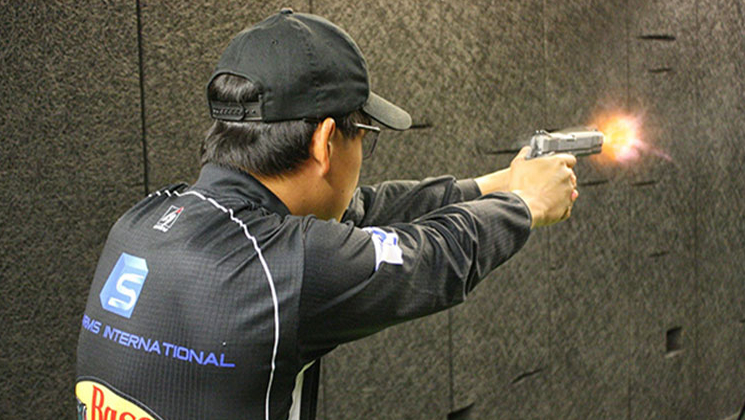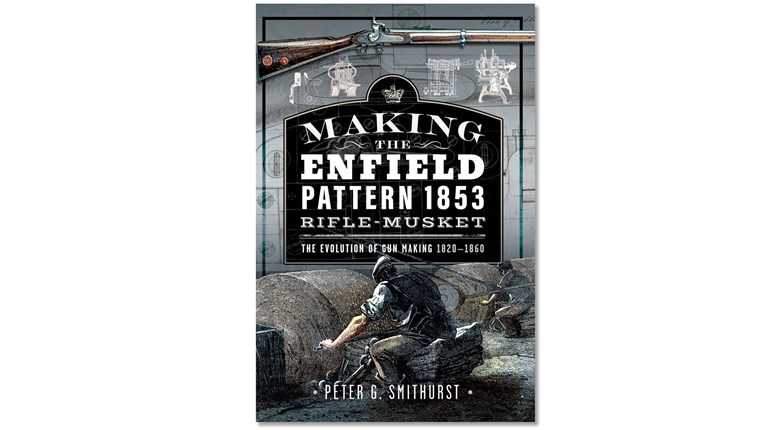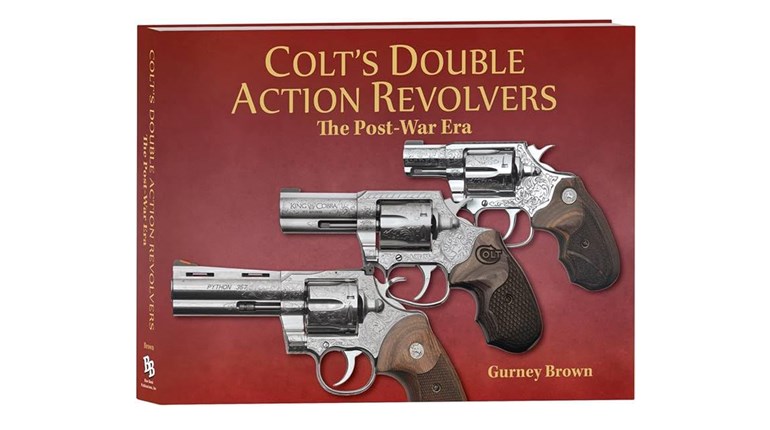
Chris Cheng won the season 4 title of “Top Shot,” in the History Channel's Top Shot television series. To win the title, which includes a $100,000 cash prize and a professional marksman contract with Bass Pro Shops, contestants must beat military veterans, law enforcement officers and pro shooters. Each season puts the competitors through a series of shooting challenges involving modern and antique rifles and pistols, as well as “alternative” weapons systems such as atlatls, slingshots, blowguns and even rocks. The show is a lot of fun to watch, and anyone who wins has certainly proven his or her mettle as a competitive shooter.
Now here's the weird part: until his victory on the series, Cheng was a tech support guy and trainer for Google. If you have a mental construct that “computer guys don't become champion shooters,” well Cheng destroys that stereotype to smithereens.
The subtitle of Shoot To Win is “Tips, Tactics and Techniques to Help You Shoot Like a Pro,” but the best clue to what this book is all about can be found on the inside front flap: “A beginner's guide to shooting from the Top Shot season 4 champion.”
As a beginner's guide, this book succeeds very well. It is divided into five parts: Shoot to win in life and beyond, pistols, rifles, shotguns, and putting it all together. There are 26 chapters, ranging from “Setting yourself up for success,” “The four rules of firearms safety,” “Why learn to shoot,” to “Pistol marksmanship fundamentals,” and “Rifle ammunition and sights.”
Shoot To Win is profusely illustrated with color photographs and it's easy to read. The focus is clearly on the beginner, and a lot of good information is presented. Unlike many beginner's books, which are often “a mile wide and an inch deep,” Shoot To Win presents enough depth of information that a beginner could get started with a pistol, rifle, or shotgun and have a good grasp of the fundamentals.
But even seasoned shooters will find nuggets of useful information scattered throughout the book. For example, the chapter on “Diagnosing pistol accuracy problems and malfunctions” treats these issues in a very straightforward, analytical and useful way. If your target shows your shots group low and to the left, the problem is that you are jerking the trigger, and the solution is to concentrate on slowly squeezing the trigger and letting the shot surprise you. I find Cheng's “symptom, problem, solution” approach particularly helpful.
Throughout Shoot To Win, readers will also find personal anecdotes from Cheng that highlight his personal enthusiasm for shooting sports. In the end, I would recommend Shoot To Win for beginners. I think they will enjoy and learn from it, and seasoned shooters will find some useful information as well.








































